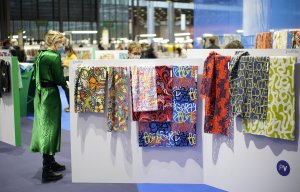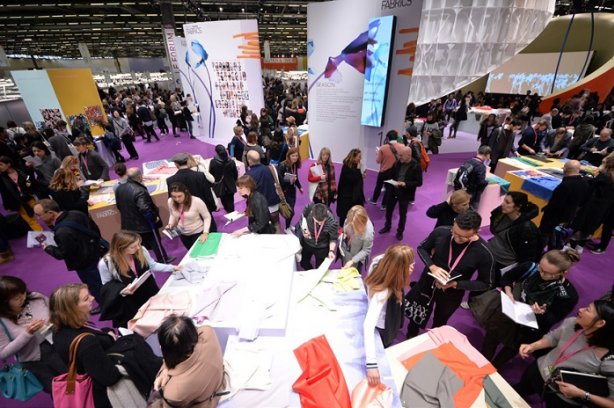
Fashion and sustainability white paper
Next September, one of the highlights of the Première Vision Paris will be the development of a transversal manufacturing offer.

20th June 2017
Knitting Industry
|
Paris
Through its various manufacturing shows, and in parallel to its shows proposing specific materials, the Première Vision group aims to implement an international sourcing strategy to serve increasingly global and multi-product fashion brands. The goal is to help international fashion brands save time in their sourcing research thanks to a qualified, readable and structured offer and a strong fashion/product orientation.
Next September, at the Parc des Expositions de Paris Nord Villepinte, one of the highlights of the next edition of Première Vision Paris will be the development of a transversal manufacturing offer, to meet the needs of changing markets seeking complementary and more diversified sourcing solutions: near-shore, volume and specialised sourcing.
The strategy is to enrich the sourcing offer in terms of geographic regions, as well as market segments and product specificities.
Alongside Première Vision Manufacturing, the show of fashion manufacturing specialists from the Euro-Mediterranean basin and the Indian Ocean, the group is bolstering its manufacturing sourcing proposals through three initiatives:
A specialised space called The Sourcing Connection is the Asia Pacific Sourcing Show that integrates Première Vision Paris as a specialised space. The show offers a unique selection concept to guarantee brands that exhibiting companies have at least 65% compliance with the market standards as confirmed by an audit by Bureau Véritas.
An offer also broadened to include the leather goods and footwear segment, Bag & Shoe Manufacturing. A new space for manufacturers of footwear and leather goods is to complement exhibiting tanners and manufacturers of technical components. Finally, a fashion area called Bag & Shoe Elements, launched last February in the Première Vision Leather Trends Gallery, provides a 360° view of materials and technical components for leather goods and footwear collections.
Première Vision Manufacturing area presents the techniques and know-hows of manufacturers from the Euro-Mediterranean basin and Indian Ocean. Every season, this selection of fashion-manufacturing specialists provides solutions regarding fabrication, supply chains and services to fashion, lingerie, sports and accessories brands. They represent proximity sourcing, enabling rapid responses and greater control of manufacturing quality, organisers explain.
Since the February 2017 edition, the show has been reorganised. The offer is now broken down by activity sector so buyers can quickly grasp and locate the knowhows of the manufacturers they can work with, depending on their specialties: Softwear (fluid clothing, casualwear, citywear), Suitwear (Tailoring, suits and jackets), Special Skills (swimwear, outerwear, accessories, service), Tee’s & Co (cut-sewn knits), Shirts Up (shirts), Upper Jeanswear (denim).
In an increasingly uncertain economic and consumer environment, order writers are committing themselves less in advance and are increasingly turning to Euro-Mediterranean sourcing, organisers explain. “In a very competitive market it is difficult to raise prices. Distributors will instead seek to limit sales and promotions by favouring proximity sourcing, which allows them to order the right quantities and the right fashions,” they report.
The Mediterranean countries gained market share. Their relative importance in terms of imports to Europe has increased from 17.6% in 2015 to 17.9% in 2016.
In 2016, European clothing imports totalled EUR 81 billion, a figure equivalent to that of 2015. For a change, Asia’s market share fell slightly, but still largely constitutes the number one sourcing zone. It went from 76.9% in 2015 to 76.4% in 2016. Imports from China-Hong Kong as a whole decreased by 7.5% in value, while imports from Bangladesh and Cambodia climbed, 8.4% and 14.2% respectively.

Business intelligence for the fibre, textiles and apparel industries: technologies, innovations, markets, investments, trade policy, sourcing, strategy...
Find out more